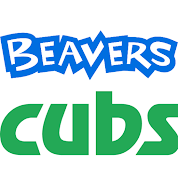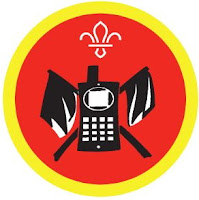Scouts and Explorers: Condensation Station

What do you know about clouds? Find out more as you create your own sky-scape and fill it with clouds. Today we’re going to develop skills by learning about different cloud types and how they affect air activities. As we’re not spending as much time outside right now, we’re going to bring the clouds indoors. Before we get started, we’ll need some cotton wool, a clean, empty plastic bottle, matches, and some warm water. We’re going to take the label off the bottle so we can see inside. Clouds form when water vapour in the air cools down and condenses, turning back into liquid water. Water droplets form more easily if they’ve got something to stick to like dust or smoke. There are three main types of cloud so we’ll start by adding them all to our skyscape – you can make it on a table or the floor, wherever works. To make our cirrus cloud we’re going to tease our cotton wool apart so it’s all wispy. To make a cumulus cloud we’re going to bunch up our cotton wool into, well, a c






